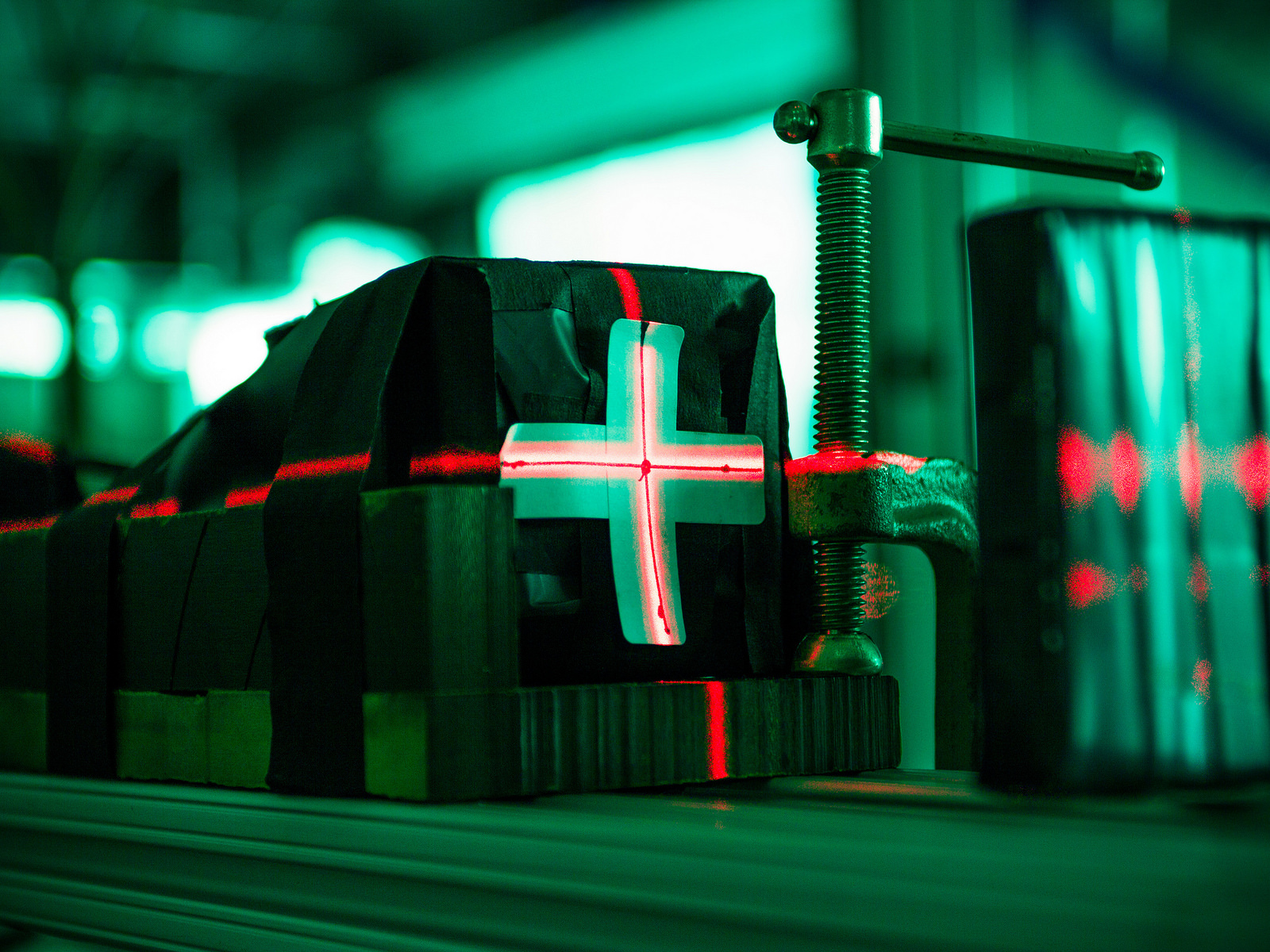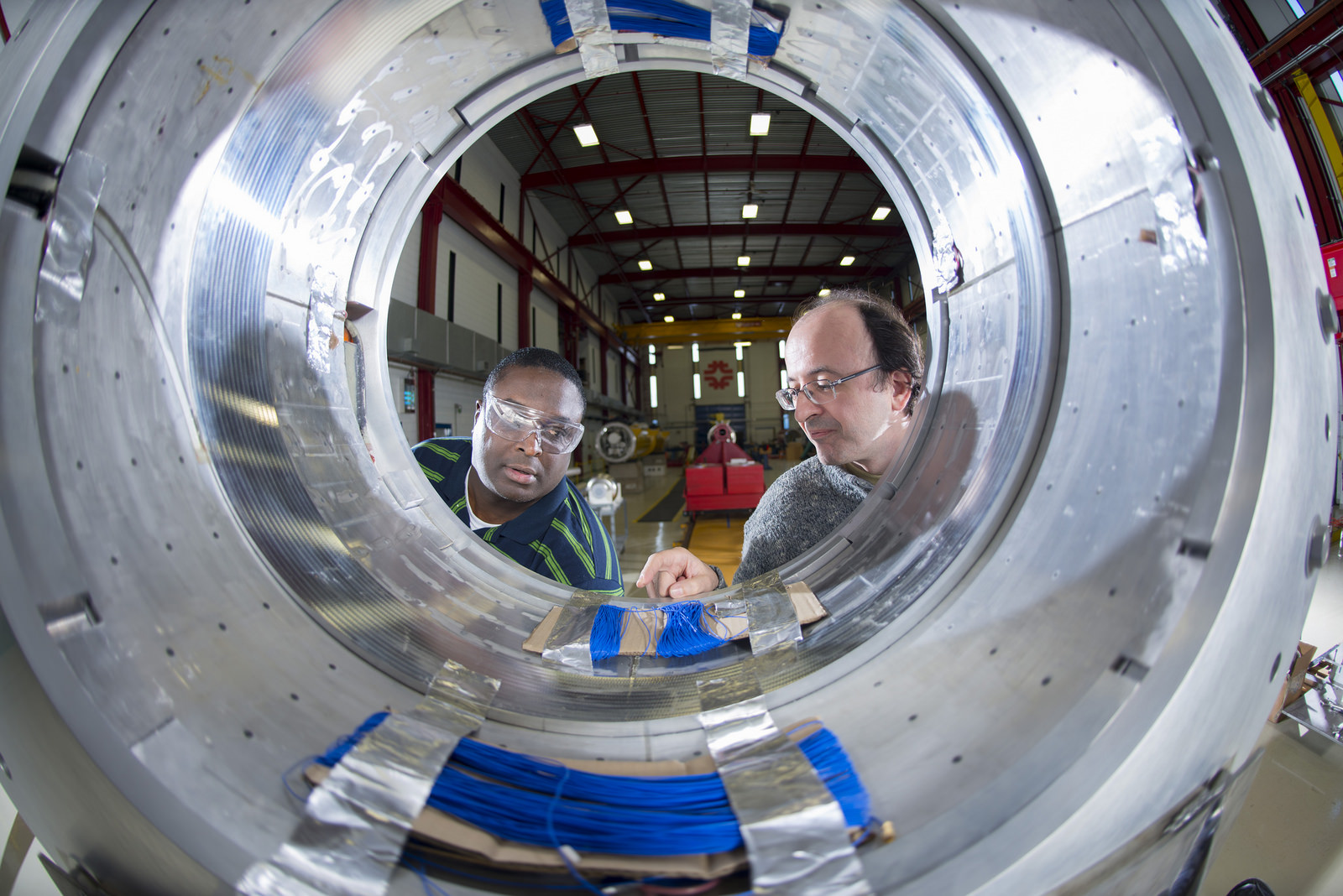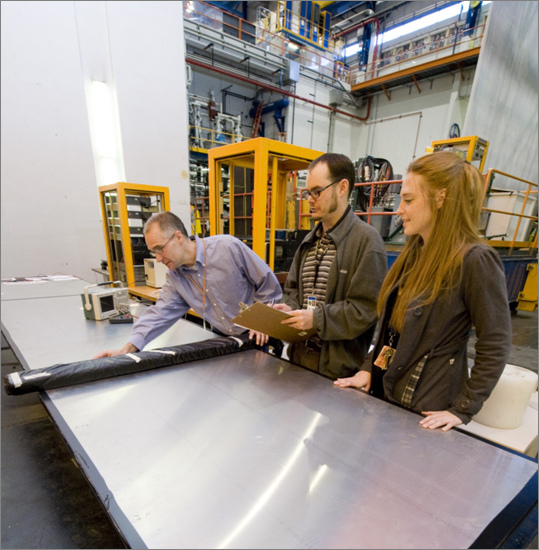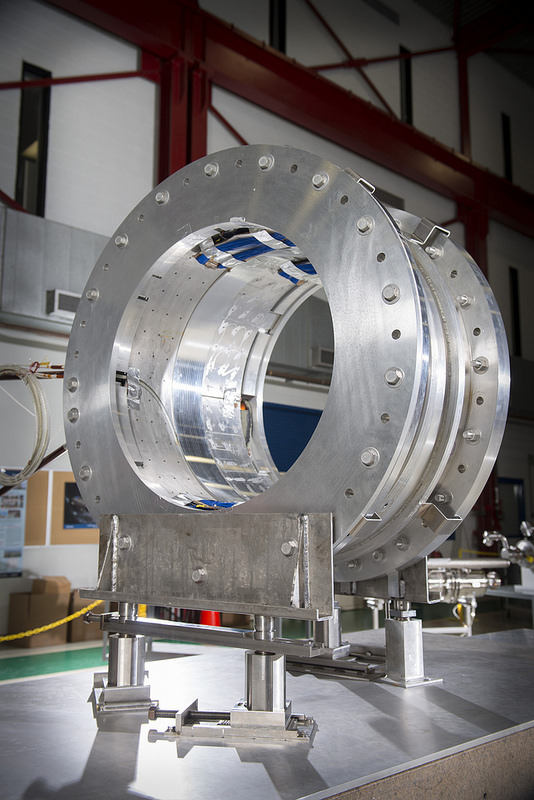The Muon Campus at FNAL, USA, is under construction and will host, in the next few years, two world class experiments dedicated to the search for signals of new physics.
Muon g-2 will determine with unprecedented precision the anomalous magnetic moment of the muon, while Mu2e will improve by four orders of magnitude the sensitivity on the search for the as-yet unobserved Charged Lepton Flavour Violating (CLFV) process of a neutrinoless conversion of a muon to an electron. European research institutions have a leading role in these activities in both detector development and construction and in the calibration and analysis of the data. The results from the FNAL experiments will complement those from similar searches for CLFV processes being carried out in Europe at PSI and will produce very fruitful collaborations in this field. Through an involvement in both the US and the European programs, European institutes will be at the forefront of the search for evidence of new physics in the muon sector.
The goal of this proposal is to establish new collaborations among European groups participating in the Muon Campus activities and to strengthen the already existing partnership with FNAL and other US institutions. State-of-the-art detectors will be designed, built and/or commissioned. The Mu2e crystal calorimeter will provide unprecedented timing performance for low energy electrons in the presence of a strong magnetic field, exploiting solid state photosensors and the Mu2e high-purity germanium detector will record X-rays at rates and in radiation levels surpassing previous experiments. The Muon g-2 straw-tracking system will measure the muon beam profile with an accuracy in the vertical plane of better than 10 mrad and will efficiently identify pileup and lost-muon events. A laser monitor system will be a common effort of the two experiments, with the need for Muon g-2 to reach an accuracy at the sub-per mil level to monitor the photosensor gain. Finally, the existing European infrastructures for testing radiation hardness and characterizing the detector components will make the European contribution to the experiments significantly stronger.







